Have you ever wondered how fast your sales are moving? Picture sales velocity as the speedometer – it reveals how swiftly you’re making money and if your sales process is efficient.
Not focusing on sales velocity is like driving blindfolded; you can’t see where you’re going and might crash into obstacles.
If you’re tired of the guesswork and yearn for success by measuring sales velocity, this blog post is your compass.
This blog delves into sales velocity, offering simple steps to measure it and effortlessly track your progress. You’ll understand why sales velocity is crucial and how it can maximize your sales profits. So, if you’re ready to increase the organization’s revenue as a sales head, read on!
Table of Contents
What Is Sales Velocity?
Sales velocity measures how quickly deals move through your sales pipeline and generate revenue. A sales velocity equation uses four crucial metrics: the number of opportunities, average deal value (also known as deal size or average deal size), win rate, and the sales cycle.
The sales velocity equation results tell you how well the business is doing, how effective the sales team is, and where they can improve to make more money.
As a sales head, you must care about sales velocity, and here’s why.
Firstly, sales velocity is a key indicator of efficiency. It shows if you’re making the most of your time and resources. If deals take too long to close, it may be a sign that your process needs a tune-up. Efficiency matters because it means you can sell more in less time, leaving room for more deals and commissions.
Secondly, sales velocity helps you prioritize. By understanding which deals are moving quickly and which are stuck, you can focus your energy on where it matters most. It means you’re not wasting time on deals that won’t pan out.
Lastly, it’s all about the money. Sales velocity directly impacts your income. If you can increase the speed at which you close deals, you’ll see a boost in your earnings.
Three Benefits of Accelerating Sales Velocity
Here are the three benefits of increasing sales velocity,
1. Better Revenue Generation
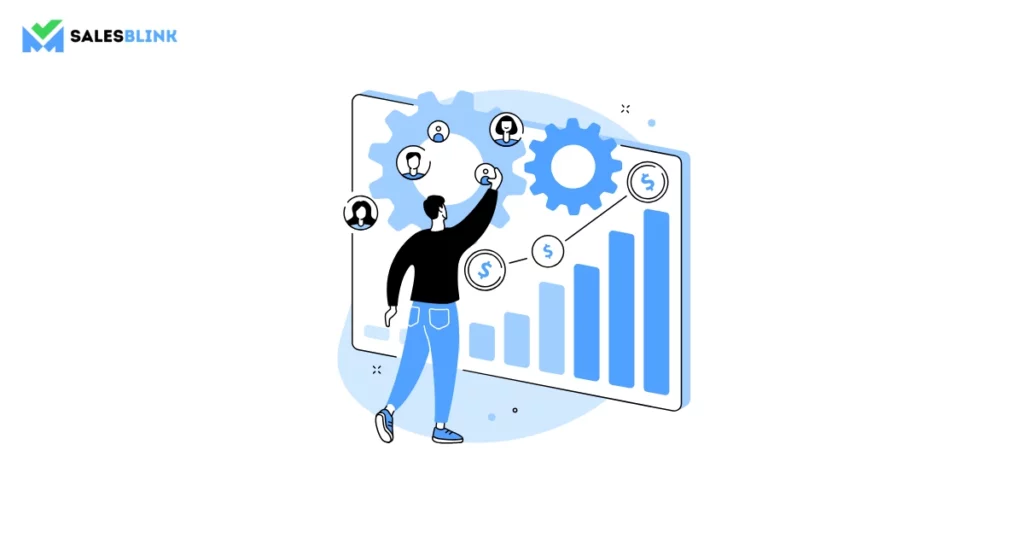
Speeding up sales velocity leads to faster revenue generation. When you close deals more quickly, the company earns more revenue. It means a steady flow of income for the business. It’s like a race – the faster you go, the sooner you reach the finish line.
2. Enhanced Forecasting Accuracy
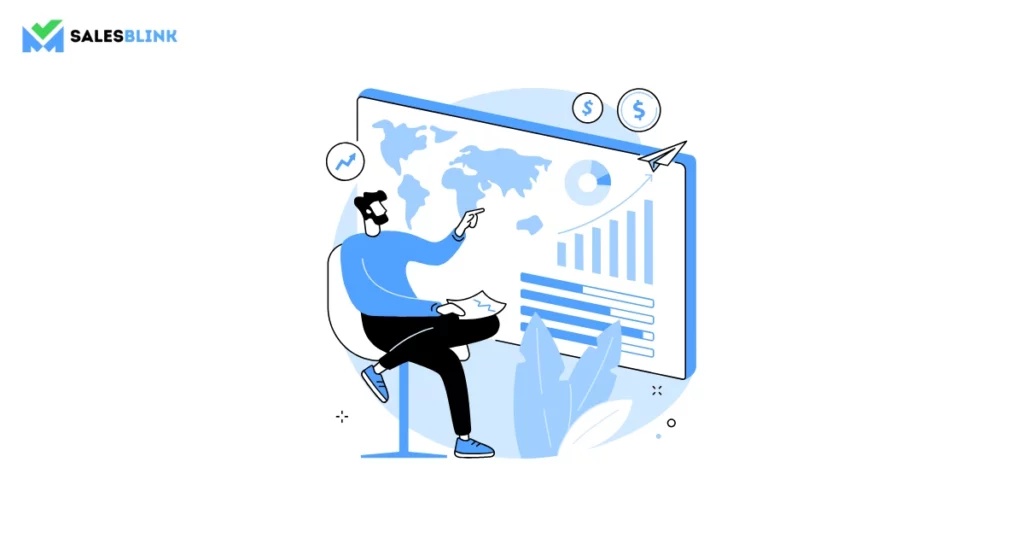
Accelerating sales velocity also helps you predict future sales more accurately. When you know how fast deals are closing, you can make better forecasts. It is important because it allows you to plan, allocate resources wisely, and set realistic goals. It’s like looking at a weather forecast to prepare for the day – you’re less likely to get caught in the rain.
3. Competitive Advantage
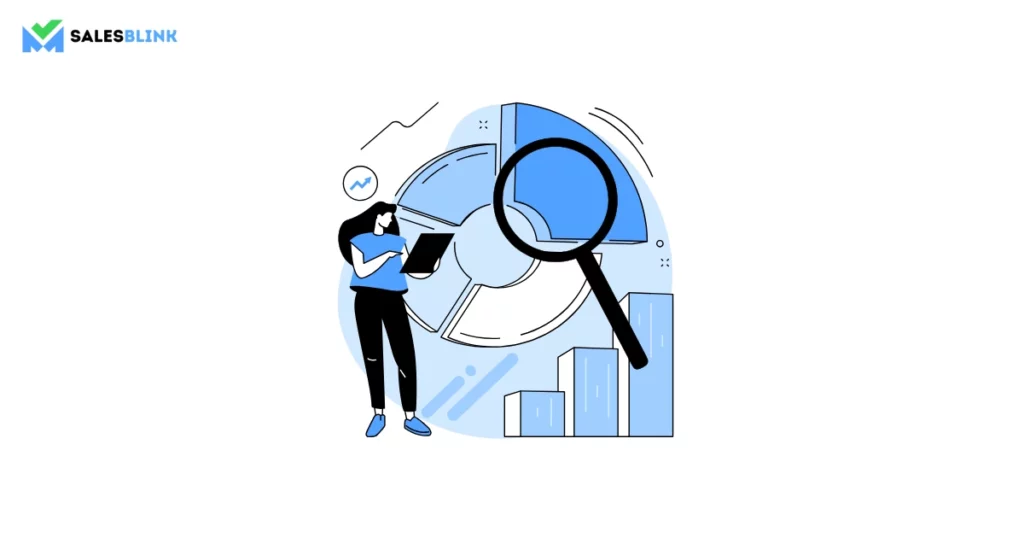
Being faster than the competition gives you a significant advantage. Customers often choose a company that can meet their needs quickly. If you can close deals swiftly, you’ll win more customers and stand out in the market. It’s like being the first to finish in a race – you get the prize and the glory.
Therefore, accelerating sales velocity isn’t just about speed; it’s about boosting revenue, making smarter predictions, and staying ahead of the competition. It’s a winning strategy for any sales team.
Pipeline velocity vs. sales velocity
Both pipeline and sales velocity are important metrics in the sales world, but they measure different aspects of your sales process.
Pipeline Velocity is the speed at which opportunities move through your sales pipeline. It focuses on a lead’s stages, from initial contact to becoming a paying customer. The average sales cycle length or time is a key factor in pipeline velocity. Calculating pipeline velocity involves looking at how quickly leads progress through these stages and identifying any bottlenecks that may slow down the process.
On the other hand, Sales Velocity looks at how quickly your deals are closing and generating revenue. It includes the average deal value, win rate, and sales cycle length. The average sales cycle length here specifically refers to the time it takes for a lead to become a customer. To calculate sales velocity, multiply the number of deals closed by the average deal value and win rate, then divide it by the average sales cycle time.
In simpler terms, pipeline velocity tracks the flow of opportunities through the stages of your sales. In contrast, sales velocity focuses on the speed and efficiency of closing deals to generate revenue. Both metrics are crucial for understanding and optimizing your sales process.
How to Calculate Sales Velocity?
First, to precisely calculate sales velocity, split your sales pipelines into small, mid-market, and enterprise segments. Every organization has its unique way of defining these segments, so be sure to separate them correctly. Once you’ve done that, use the sales velocity formula to calculate the velocity for each segment.
Here’s the sales velocity formula again:
Sales Velocity = Number of Opportunities x Deal Value x Win Rate / Length of Sales Cycle
So, for each market segment, plug in the numbers: how many opportunities you have, the value of each deal, the win rate (the percentage of deals you close), and how long it takes to turn a lead into a customer (the sales cycle length).
By doing this separately for each segment, you can get a clearer picture of how well your sales are moving at different levels of the organization. It’s like looking at the speed of different cars on different race track parts to see which one is winning.
The Four Factors of Sales Velocity
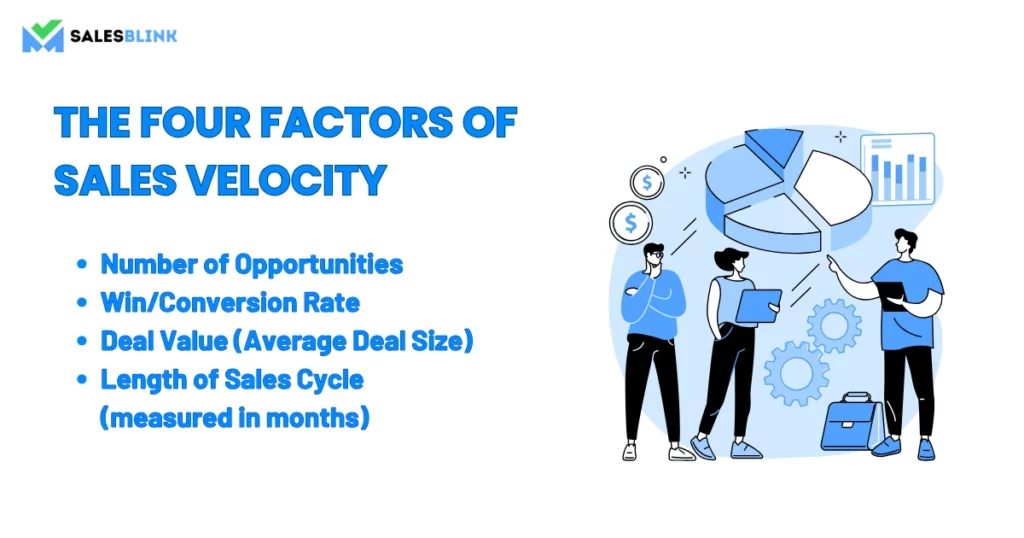
The four things that makeup sales velocity are metrics that your CRM (Customer Relationship Management) system should already be keeping track of. These metrics are:
1. Number of Opportunities
These are the potential sales in your sales funnel. Ensuring these opportunities are genuine and likely to lead to sales is important. Your profits will suffer if your sales funnel is filled with poor-quality leads; only a few could turn into sales.
2. Win/Conversion Rate
This is all about how often you close a deal out of your total opportunities. To figure it out, you divide the number of deals you’ve successfully closed by the total number of opportunities you had.
3. Deal Value (Average Deal Size)
This is about the value of each sale. It’s crucial to make the most of your time and your customer’s time by offering things that improve their lives and increase the deal’s value.
4. Length of Sales Cycle (measured in months)
This measures how long it takes to turn a lead into a paying customer. You want to keep this time as short as possible. You should streamline your sales process, change your approach, or add more people to your sales team.
Understanding and optimizing these factors can help you improve your deal velocity, which is how quickly you move deals through your sales pipeline. It ultimately leads to more sales and better results.
Best Practices To Increase Sales Velocity
Here are some best practices to help you boost your sales velocity:
1. Increase the Number of Opportunities
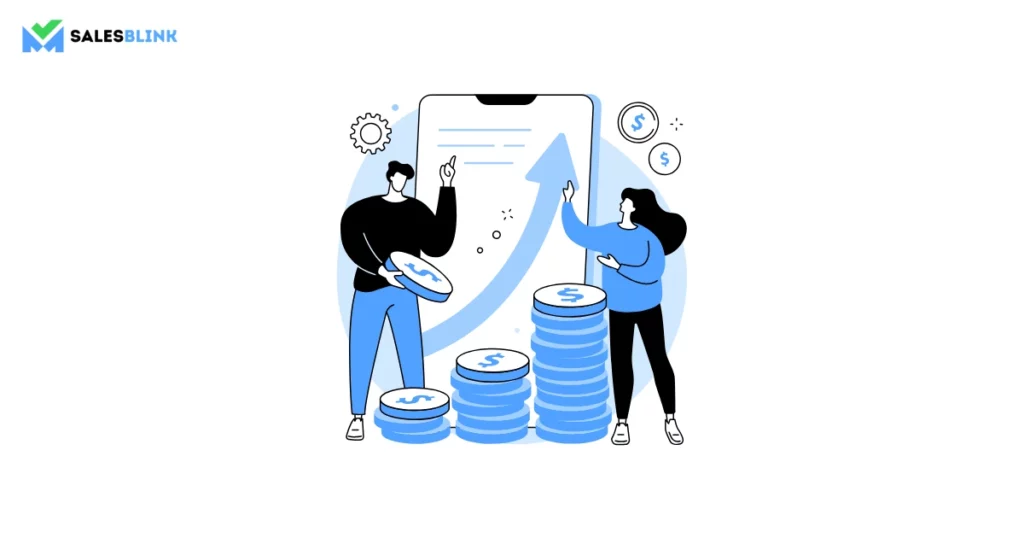
One of the most straightforward ways to accelerate your sales velocity is to generate more opportunities. It involves expanding your lead generation efforts, improving your marketing strategies, and tapping into new markets or customer segments. The more opportunities you have in your sales pipeline, the more chances you have to close deals quickly.
To achieve this:
- Invest in targeted marketing campaigns to attract qualified leads.
- Collaborate with your marketing team to create compelling content that resonates with your target audience.
- Leverage social media and digital advertising to reach a wider audience.
- Network and build relationships to generate referrals and word-of-mouth leads.
2. Raise Your Average Deal Value
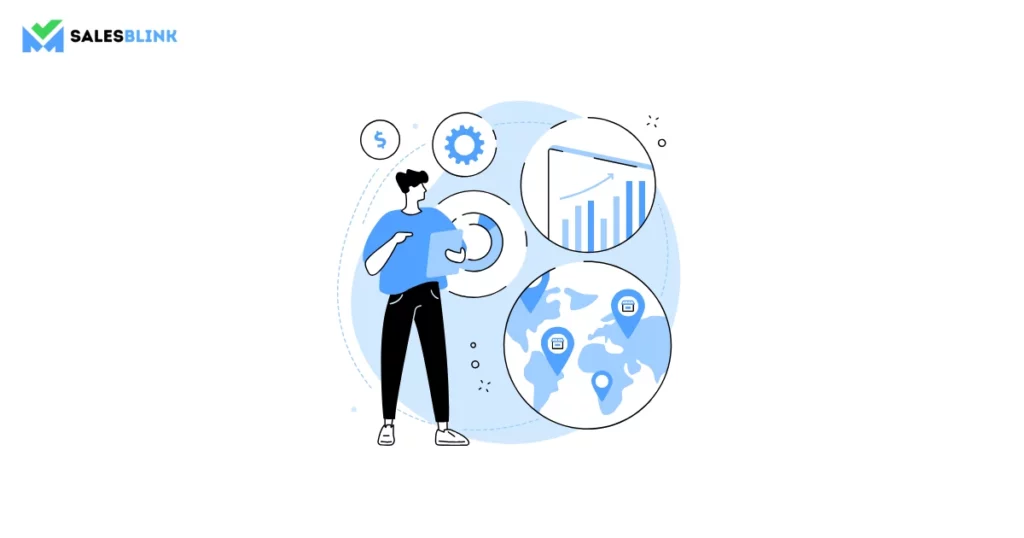
Increasing the value of each deal you close can significantly impact your sales velocity. You can boost your average deal value by upselling, cross-selling, or offering premium products or services. It means more revenue from fewer transactions, ultimately accelerating your sales velocity.
To achieve this:
- Identify opportunities to offer add-ons or upgrades to your customers.
- Implement tiered pricing structures to encourage customers to opt for higher-value packages.
- Train the sales team to identify and capitalize on opportunities to increase deal value.
- Continuously analyze your product or service offerings to identify areas for improvement.
3. Boost Your Win Rate
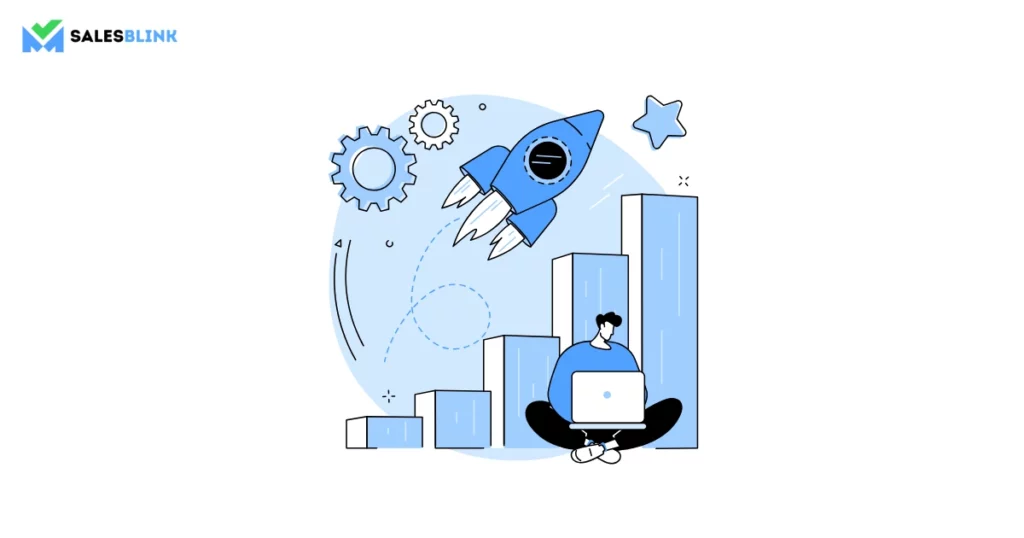
Your win rate is the percentage of opportunities you successfully convert into customers. Increasing your win rate means closing more deals, directly impacting your sales velocity. To do this, focus on improving your sales team’s skills, refining your sales processes, and better qualifying leads.
To achieve this:
- Provide your team with sales training and coaching to enhance their selling skills.
- Implement a robust lead qualification process to ensure you’re pursuing opportunities with a high likelihood of conversion.
- Use data and analytics to identify trends and insights that inform your sales strategy.
4. Optimize Conversions
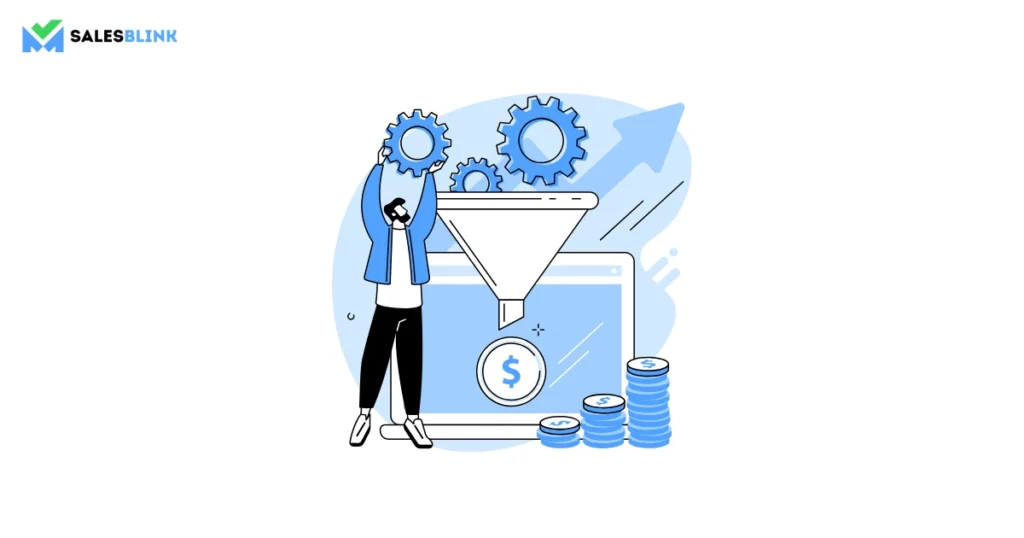
Conversions refer to the crucial steps in your sales process where leads turn into prospects and paying customers. Streamlining and optimizing these conversion points can significantly impact your sales velocity. Identify and address any bottlenecks or friction points slowing the conversion process.
To achieve this:
- Map out your entire sales process and identify key conversion points.
- Implement automation tools and technology to streamline repetitive tasks and reduce manual efforts.
- Provide prospects with valuable content and resources to help them make informed decisions.
- A/B tests different elements of your sales process to identify what works best.
5. Shorten Your Average Sales Cycle
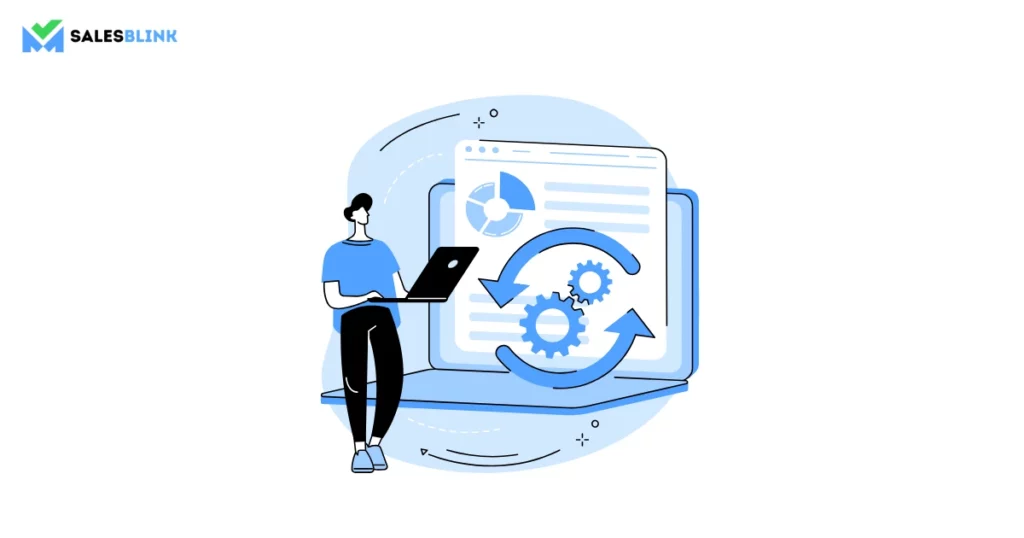
The length of your sales cycle directly affects your sales velocity. A shorter sales cycle means quicker revenue generation. To speed up the sales cycle, focus on eliminating unnecessary delays and optimizing each process stage.
To achieve this:
- Identify common reasons for delays in your sales cycle and address them.
- Implement clear and efficient communication channels between your sales team and prospects.
- Use technology for automatic routine tasks, such as proposal generation and follow-ups.
- Continuously review and refine your sales process for efficiency.
6. Apply Intelligence at Every Stage
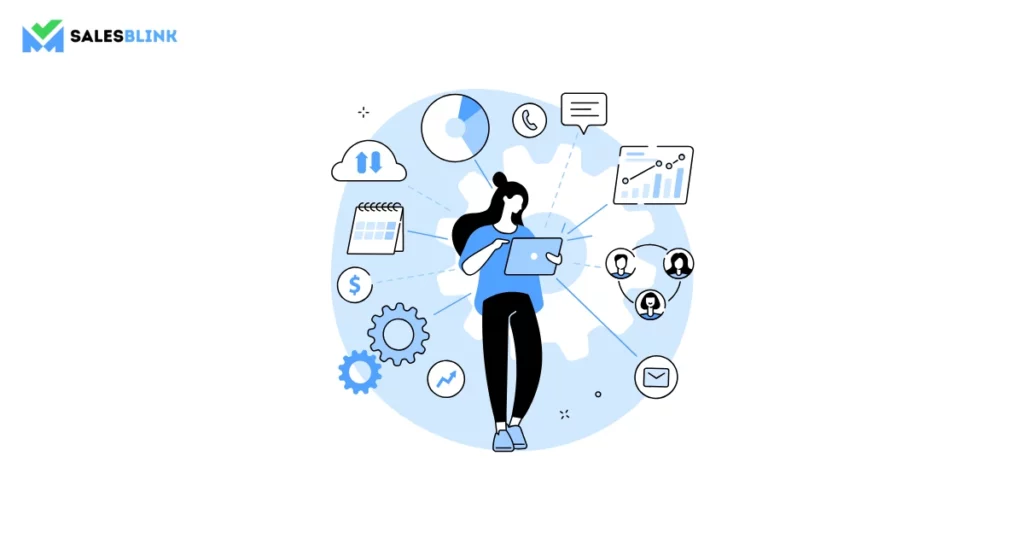
Leveraging data and insights is essential for improving sales velocity. Equip your sales team with the appropriate tools and information to make informed decisions at every stage of the sales process. It includes understanding prospect behavior, preferences, and pain points.
To achieve this:
- Have a customer relationship management system to track and analyze customer interactions.
- Provide sales reps access to customer data, historical interactions, and buying patterns.
- Use predictive analytics to identify potential high-value leads and prioritize them.
- Encourage data-driven decision-making within your sales team.
7. Correct Deals That Are at Risk
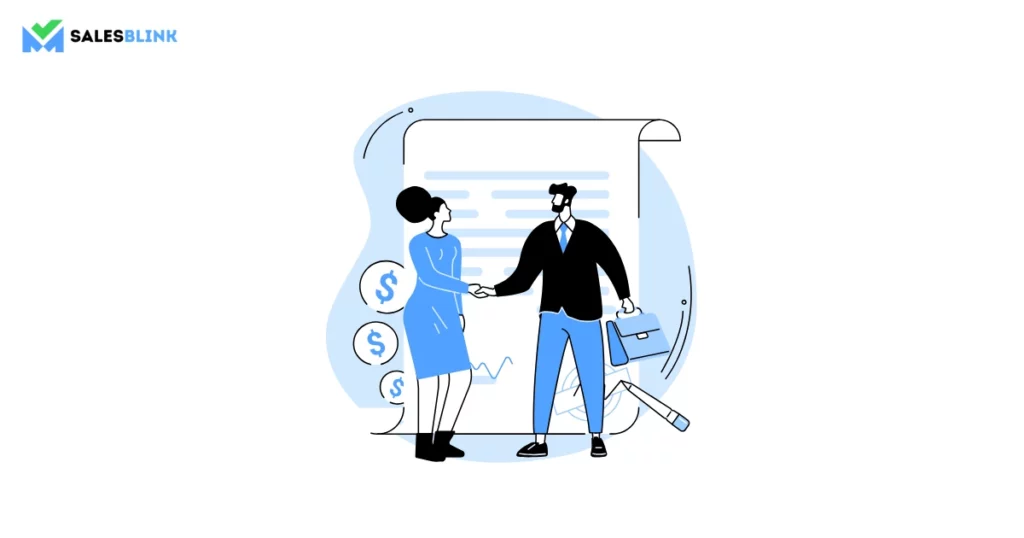
Identify and address deals that are at risk of falling through the cracks. Recognizing warning signs early and taking proactive measures to save these deals can prevent revenue loss and maintain a healthy sales velocity.
To achieve this:
- Develop a system for identifying deals that exhibit signs of stalling or potential loss.
- Assign dedicated resources or sales reps to nurture at-risk deals and address concerns.
- Encourage open communication with prospects to understand and resolve any issues.
- Offer incentives or promotions to incentivize hesitant prospects to move forward.
8. Use Mutual Action Plans
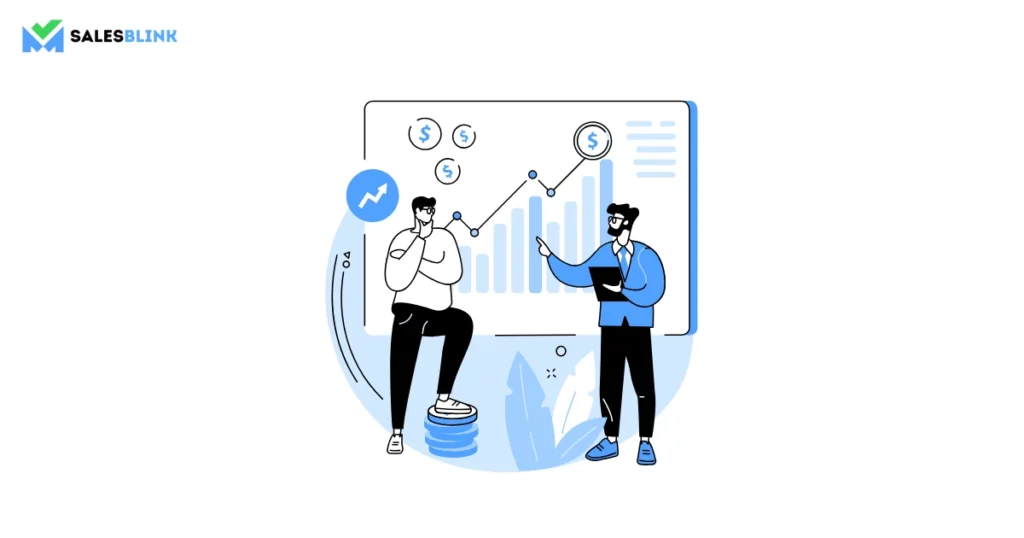
Implementing mutual action plans with prospects can accelerate the sales process. These plans outline specific actions and responsibilities for your sales team and the prospect, ensuring clarity and alignment throughout the buying journey.
To achieve this:
- Collaborate with prospects to co-create action plans that outline next steps and timelines.
- Clearly define expectations and deliverables for both parties.
- Regularly review and update the action plan to adapt to changing circumstances.
- Use mutual action plans to build trust and commitment with prospects.
So, increasing sales velocity is crucial for maximizing revenue and achieving business growth. Using these best practices, optimizing your sales process, closing deals more efficiently, and accelerating your sales velocity is possible. Remember that continuous monitoring, analysis, and adaptation are essential for improving this dynamic and competitive landscape.
How do Discounts Affect Sales Velocity?
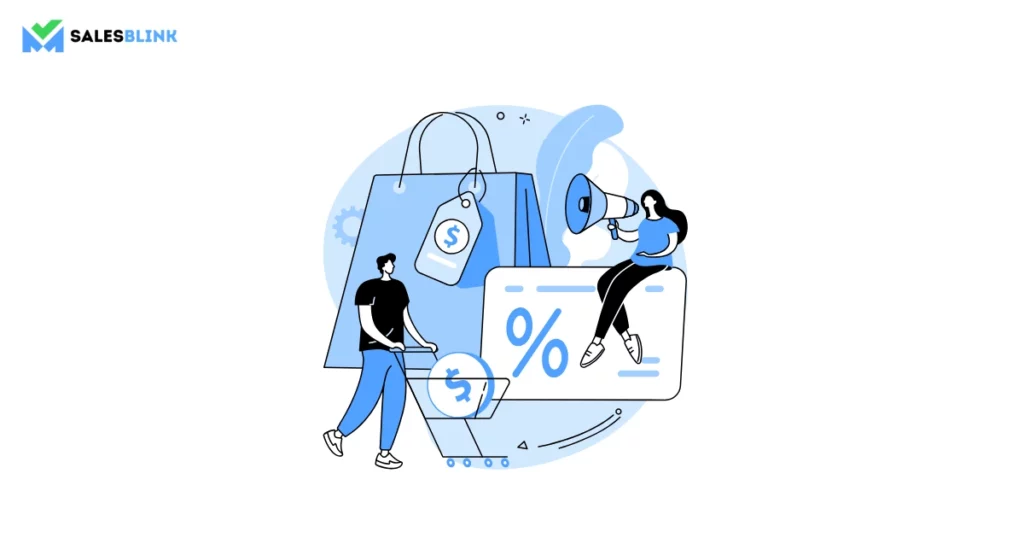
Discounts can have a significant impact on sales velocity. While discounts can stimulate sales and attract customers, they can also influence how deals move through the sales pipeline.
Here’s how:
1. Speeding Up Sales
Offering discounts, especially limited-time or exclusive deals, can develop a sense of urgency among customers. They may decide to purchase sooner, leading to faster deal closures. In this way, discounts can accelerate sales velocity by reducing the time leads become paying customers.
2. Increasing Deal Value
Although discounts reduce the overall deal value, they can sometimes lead to larger and more frequent purchases. Customers may buy more items or opt for higher-priced products when discounts are available, ultimately increasing the average deal value. It can positively impact sales velocity as more revenue is generated per deal.
3. Attracting New Leads
Discounts can also attract new leads and prospects who are price-sensitive or hesitant to purchase. By widening the top of the sales funnel with discount-driven leads, you can increase the number of opportunities and, in turn, enhance sales velocity.
Sales velocity example
Imagine you run a small e-commerce store selling handmade jewelry. To calculate your sales velocity, you need four key metrics: the number of opportunities (potential sales), the average deal value (the price of each jewelry piece), your win rate (how many potential customers make a purchase), and the length of your sales cycle (the time it takes from a lead showing interest to making a purchase).
Let’s say you had 100 potential customers (opportunities) visit your online store in a month. Of those, 30 customers made a purchase (win rate of 30%). Each customer bought jewelry worth $50 (average deal value). Your sales cycle typically takes one week to convert a lead into a customer (0.25 months).
Now, you can calculate your sales velocity using the formula:
Sales Velocity = Number of Opportunities x Average Deal Value x Win Rate / Length of Sales Cycle
Sales Velocity = 100 x $50 x 0.30 / 0.25 = $1,500
Your sales velocity is $1,500. With your current sales process, you’re generating $1,500 in revenue every month. You can increase your sales velocity by improving these four metrics and boosting monthly revenue.
Accelerate Sales Velocity for Success
In this blog, we explored the importance of sales velocity and learned how to increase it effectively. Sales velocity is a business speedometer, indicating how swiftly revenue is generated. You can supercharge your sales velocity by following best practices like generating more opportunities, raising deal values, improving win rates, optimizing conversions, shortening sales cycles, applying intelligence, addressing at-risk deals, and using mutual action plans.
Remember, sales velocity isn’t just about speed; it’s about maximizing revenue and achieving growth. Monitoring, analyzing, and adapting your sales process is key to sustained success. By focusing on these strategies, you can move toward greater profitability and achieve your sales goals faster.
FAQs
Measuring sales velocity is essential to evaluate how quickly deals move through the pipeline and generate revenue. It’s not just about making sales but about making sales in the shortest time possible.
Calculating sales velocity is simple. Multiply the number of opportunities by deal value and win rate, then divide by the sales cycle length. It considers factors like the number of qualified leads, average deal value, win rate, and the sales cycle length.
Sales velocity gauges a sales team’s health and productivity. It shows the speed of deals through the pipeline and potential revenue. It’s vital for assessing a sales organization’s growth and health.
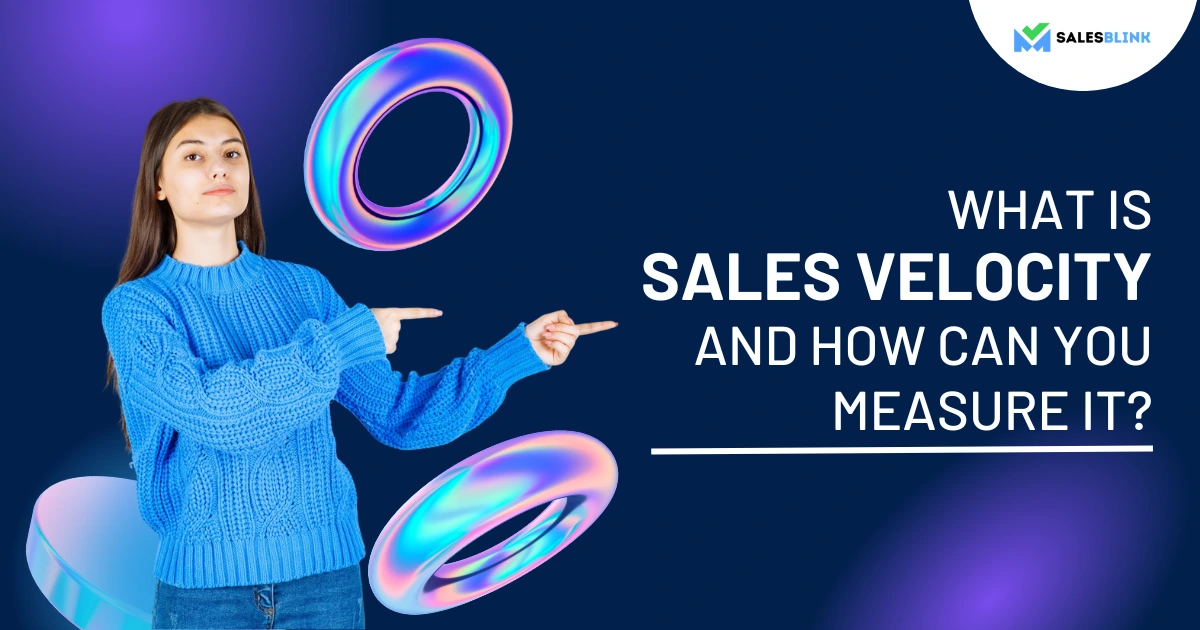
Leave a Reply